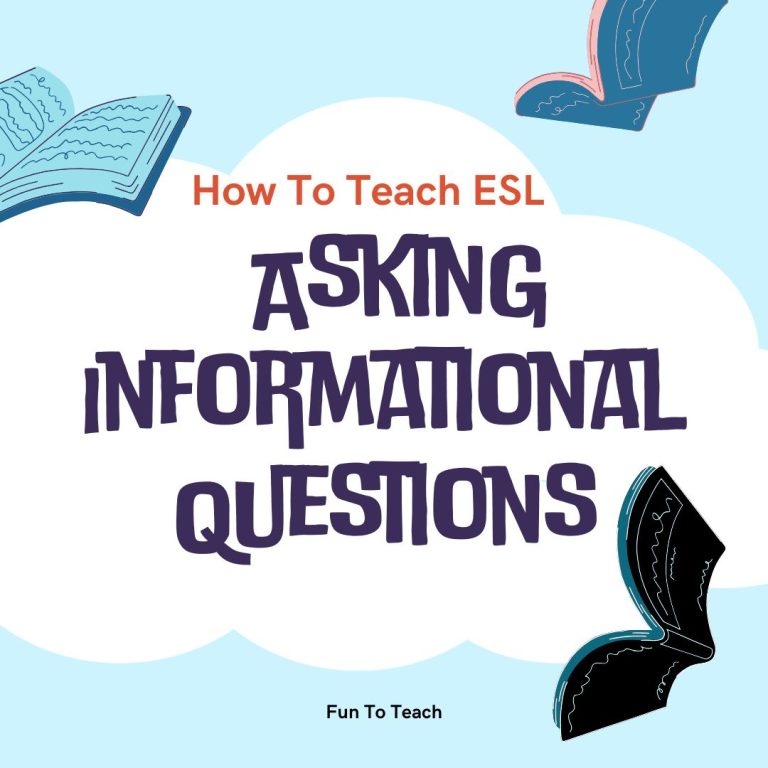
ESL tips for teachers! As we work with English learners, we see how their varied experiences shape the ways they learn and how we support them. Some of our students may have had interruptions in schooling or limited formal education, and that can create those tricky knowledge gaps we all see from time to time. But that’s okay—because as teachers, we’re in this together. Our job is to support them, help fill in those gaps, and give them the tools they need to grow both academically and socially.
Teaching this diverse group of learners is an incredible experience, but we know that language limitations can present an additional dimension of challenge.
Here are four practical tips to support English learners—simple tools you can use every day to help students thrive. With these strategies in your teaching toolkit, your English learners will be better equipped to tackle knowledge gaps and grow in their core subjects. Let’s dig in and make learning accessible, engaging, and successful for every student! 🚀🌟
ESL Tips: Include Ongoing Review and Practice
Integrate regular review activities and reinforcement exercises into your lessons to reinforce previously taught concepts. This helps ensure that English learners have a solid foundation before moving on to new material. Use a variety of instructional strategies, such as interactive games, hands-on activities, and technology tools, to engage students in the review process.
2. Use Peer Tutoring and Cooperative Learning
Implement peer tutoring or cooperative
learning strategies to facilitate knowledge sharing among students. Pair
English learners with peers who have a stronger understanding in certain areas,
allowing them to support and learn from each other. This not only helps fill
academic gaps but also promotes collaboration and social interaction. To learn
about how I foster cooperative learning with learning stations, click here
to read my blog.
3. Support English Learners by Offering Extra Resources
Offer supplementary resources and materials that address specific academic gaps. This can include leveled reading books, online tutorials, educational websites, or
interactive learning tools. Encourage students to utilize these resources independently or with guidance to reinforce their learning outside the
classroom
4. Give Ongoing Assessment & Feedback
Continuously assess student progress and provide timely feedback. Regular formative assessments can help new teachers monitor individual growth and identify any persistent academic gaps.
Provide constructive feedback that highlights areas of improvement and offers guidance on how to address these gaps. Remember first and foremost, we utilize pre-assessment data – a map guiding us to which interventions to use. Sprinkle in some review and reinforcement, and you are on your way. We have the power to transform lives and unleash boundless potential. Together, we shall illuminate the path for each and every learner, guiding them toward the brightest horizons of success!
Fun to Teach Resources for ESL Scaffolded instruction:



- Implement scaffolded instruction techniques to support English learners in building upon their prior knowledge while addressing academic gaps. This involves breaking down complex tasks, providing explicit guidance, and gradually removing support as students gain proficiency. Resources like “The SIOP Model” by MaryEllen Vogt and Jana Echevarria can provide strategies for scaffolding instruction.
- Graphic Organizers: Utilize graphic organizers to help English learners organize and connect new information to their prior knowledge. Graphic organizers, such as concept maps, Venn diagrams, or KWL charts, can assist students in visualizing relationships and making connections between new and existing knowledge.
- Vocabulary Development: Focus on vocabulary development to enhance student’s understanding of academic content. Use vocabulary strategies such as pre-teaching key terms, creating word walls, incorporating visuals, and providing opportunities for meaningful practice and application.
- Content-Area Support: Collaborate with content-area teachers to provide additional support for English learners in specific subjects. Work together to identify key concepts, essential vocabulary, and instructional strategies that can bridge academic gaps and build on prior knowledge. (For more on teaching vocabulary, read my blog here!)

Looking for time-saving tips and tricks for teaching math and ESL? Sign up for my email newsletter to get free teaching resources and helpful strategies right to your inbox! Click here to sign up.




